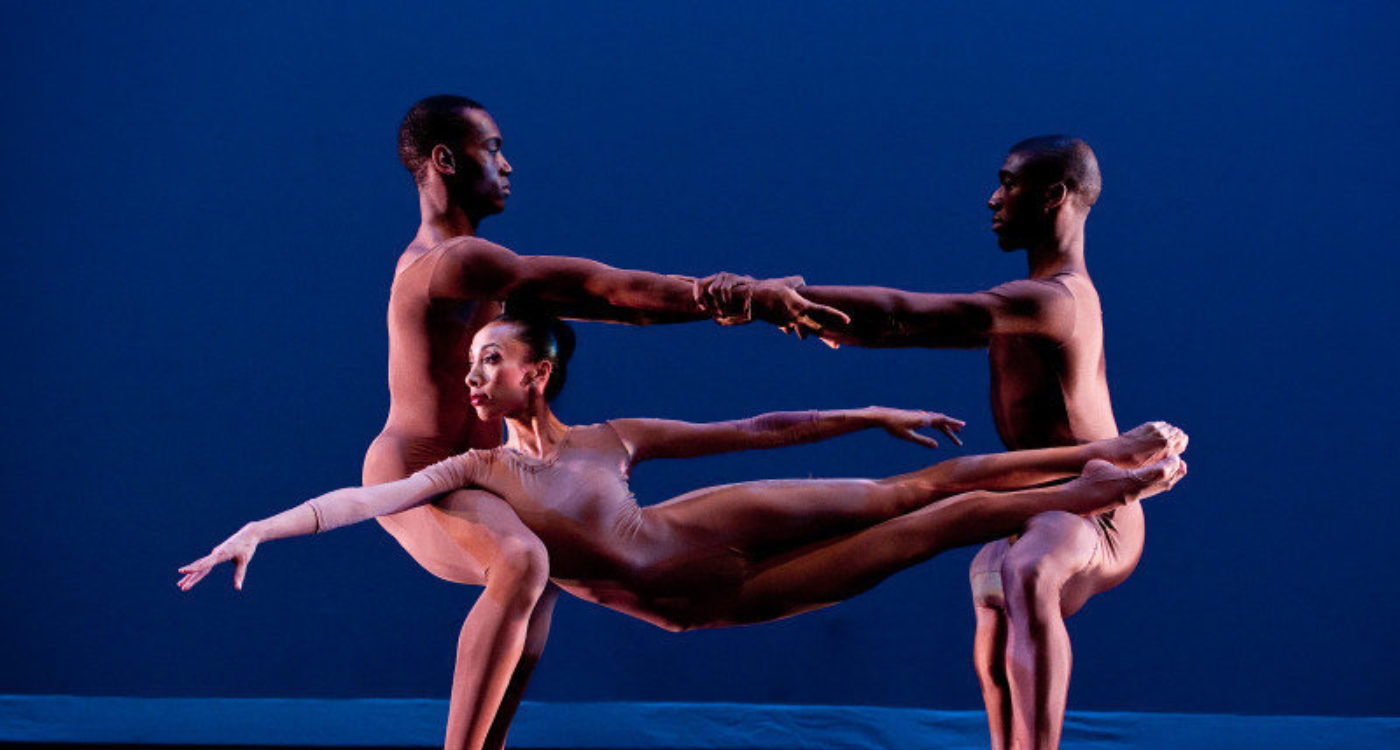Arthur Mitchell and Karel Shook broke color barriers in the world of dance when they co-founded the Dance Theatre of Harlem on February 11,1969, establishing the first black classical ballet company.
In the year prior, Arthur Mitchell was preparing to travel to Brazil to form the National Ballet of Brazil when he learned of Dr. Martin Luther King, Jr.’s assassination and decided to stay behind in the U.S. Inspired by King’s life and mission, Mitchell decided to create a dance school that welcomed young black dancers and trained them in neoclassical ballet. Mitchell called on his longtime friend, mentor, and former ballet master, Karel Shook, to co-direct the program. Shook was one of few dance teachers of European descent willing to train black dancers in classical technique.
Dance Theatre of Harlem (DTH) started out as a school in a remodeled garage and later transformed into a company, making its performance debut in 1971 with three ballets choreographed by Mitchell. DTH later became known for its productions of Firebird and Giselle. The company premiered its most famous work, Creole Giselle, set in Louisiana, in the 1940s. In addition to including staging and choreography that reflected the background of his dancers, Mitchell made sure that the costumes complimented the dancers’ skin tones.
In sticking with their mission to provide educational opportunities for different communities while on tour, DTH established the Dancing Through Barriers outreach program while visiting South Africa in 1992.
The company has been recognized for its contributions to society and the world of dance with its induction into the National Museum of Dance and the Cornelius Vanderbilt Whitney Hall of Fame. In 2006, President George W. Bush honored DTH at the White House, which included the opportunity for the Dance Theatre of Harlem Ensemble and former company members to perform.
In 2004, DTH faced financial hardship, which caused the company to go on a one-year hiatus. However, one year turned into eight years before the company reemerged with a full company in 2012. During that time frame, many changes took place. In 2011, Virginia Johnson was named artistic director and Arthur Mitchell was named artistic director emeritus. The company was also reduced to 18 members from the 44 members that ended the season in 2004.
Today, Dance Theatre of Harlem is a 17-member, multi-ethnic company and tours both nationally and internationally. The company’s repertoire includes neoclassical works by George Balanchine and resident choreographer Robert Garland. Dance Theatre of Harlem School continues to train 1,000 young dancers annually through the Dancing Through Barriers community program. While the company is not exclusively made up of black dancers, the company is predominately black. Despite its eight-year hiatus, Dance Theatre of Harlem has paved the way for many of today’s black dancers and has eschewed the traditional stereotypes of what a classical ballet dancer should look like.
Dance Theatre of Harlem. Photo by Rachel Neville.
